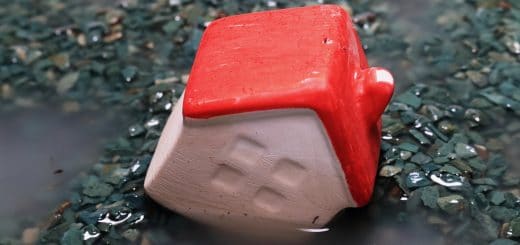The Aftermath of Fall Flooding: Restoration and Recovery
Flooding can be devastating to people, animals, and the environment. Floods can put people in danger and cause water, power, and even gas outages. When major flooding occurs, everything gets affected such as transportation routes, commercial supplies, and pollution of water systems. It can also cause devastating damage to homes and buildings.
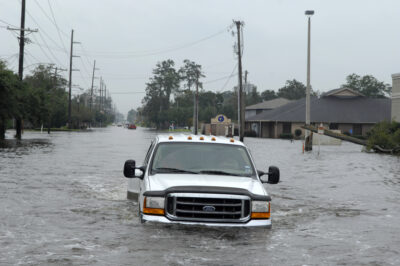
In the fall, floods can be very dangerous and there is a risk of flash floods which happen when there is a lot of rainfall on the ground that is already saturated. Flash floods can cause major and unpredictable rises in water which can be deadly. You should always stay informed about flood risks in your area and make sure you take precautions to keep yourself and your property safe. The Federal Emergency Management Agency (FEMA) offers resources and information on how to get yourself ready for and how to respond to floods. If you live in an area where floods are common, it is crucial to have an emergency plan that includes an evacuation route, emergency contacts, and a full list of essential items to take with you if a flood occurs.
It is important to prepare for the possibility of flooding to protect yourself and your family and limit the damage to your property. You should also be aware of the process you need to do with your insurance such as filing a claim, documenting damage, working with an adjustor, making repairs, and fully understanding the claim payment.
Understanding Fall Flooding
You should be aware of what triggers fall flooding, how it impacts your community and the environment, and the full historical context of fall flooding events throughout the United States. Having this awareness will help you protect yourself and your property from fall flooding. Also, if you are affected by fall flooding, you will know what you can do for your community to help. Finally, you should know how fall flooding has affected your area historically so you can prepare better for the next flooding event.
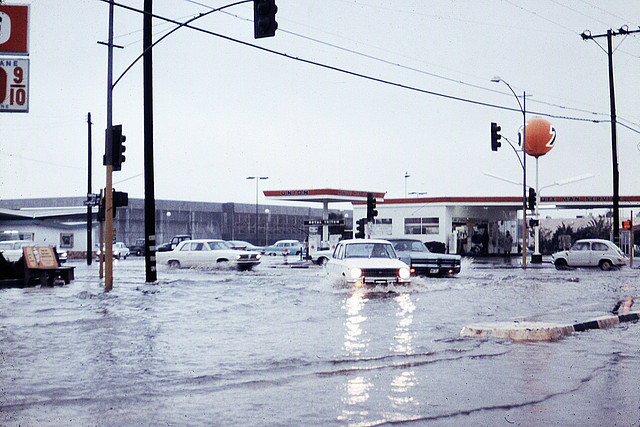
Fall flooding usually happens because there is an overflow of coastal or inland waters (such as rivers and streams). It can also be caused by the unusual accumulation of water from heavy rains, storm surges, and even sudden snowmelts. Usually, the flow of flooding is affected because of the ways waterways are managed such as through dams, levees, and reservoirs, as well as through the alterations we make to land.
Fall flooding can have a major impact on communities including the following:
- People can get injured or killed.
- Floodwaters are usually contaminated with sewage which can cause illness and negatively affect drinking water.
- It can disrupt power supplies, roads, railways, businesses, schools, and hospitals may have to close due to flooding etc.
- It can flood and damage homes and properties and wash away possessions.
- People also may have to move out of their home or business until flood damage is repaired.
Flooding can have a big impact on the environment, and these are some of those ways:
- It can cause major destruction to wildlife habitats.
- Floodwater can pollute rivers and habitats.
- Sediment and silt can ruin crops on farms.
- When rivers reach full capacity, it can eliminate riverbanks and natural levées.
- Water flow with high velocity can cause trees to uproot.
- Even if plants survive the flood, they may die later when they are inundated with water.
According to the report released by the National Oceanic and Atmospheric Administration (NOAA), there were 18 separate weather and climate disasters costing at least 1 billion dollars. This is the third-most of any year since 1980 with a cost of $165 billion spent on these weather and climate disasters.
Immediate Response to Fall Flooding
When there is a flooding, there is a big need for emergency response and rescue operation. Usually, the Occupational Safety and Health Administration (OSHA) helps those workers that are involved in the cleanup of the flooding including debris removal, removal of electrical hazards, carbon monoxide, fire, drowning etc.
When it comes to flooding aftermath, the role of community is crucial. This is why establishing strong community relationships is extremely important, so everyone works together to recover the community in case of a disaster such as a flood. When the community is strong, they don’t have to rely as much on outside support as community members can come together and help each other. It is crucial that communities create and maintain relationships within, and across all levels of government. This helps when it comes to disasters, when various sectors and agencies need to come together to help the individuals in the community. It is especially important to focus on the needs of people in the community after a flood disaster, and this is very true for those that live in areas that are lacking resources so that they can cope with the effects of the disaster.
Assessment and Damage Evaluation
When it comes to evaluating damage, there is a standard framework set by the Federal Emergency Management Agency (FEMA) that is used to conduct preliminary damage assessments. Also, there is usually an aspect of the environmental impact and its long-term consequences and the process to document the loss for insurance claims for individual owners.’
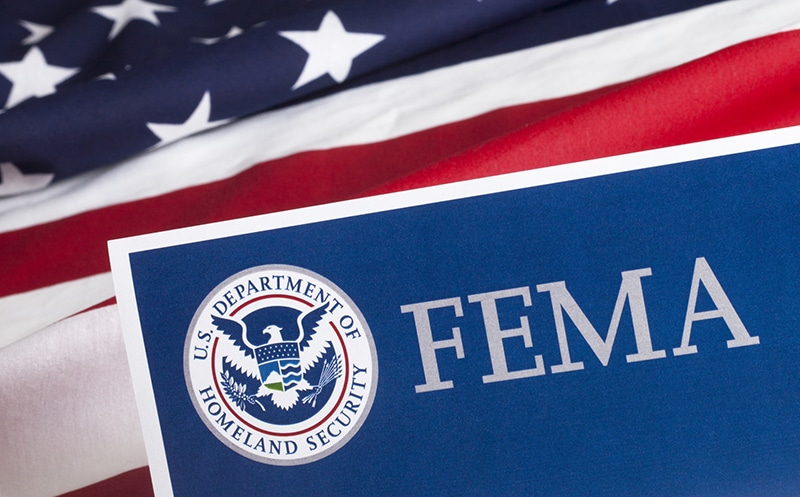
Flooding can be very damaging for homes and the infrastructure, cause utility outages, and even cause severe environmental problems such as landslides and mudslides. Flooding can also result in bodily harm such as injuries and illnesses from exposure to contaminated water. FEMA has guidelines that need to be followed such as flood plain management, insurance, and rebuilding. It is also crucially important that before making any repairs, rebuilding, or demolishing, those that have survived the flood need to check with their local floodplain building officials on the permit requirements as they are different in each community.
You should make sure that you document your losses for your insurance claim after a major flood. This includes speaking with your agent about your policy and what is covered. Make sure you provide the photos and videos of your flood loss to your adjustor and make sure to list all of your affected belongings. Finally, collect receipts of any items that were affected such as your appliances, furniture, and electronics.
Restoration and Recovery Efforts
After flooding, it is crucial to start the flood clean-up process right away to prevent further damage. This is because water can seep into various materials and cause them to mold, corrode, or even disintegrate in the water. Post-flood clean-up should be done with professional equipment that can remove water, dry out and disinfect the area, and finally restore it back to its original state. Any items that can be salvaged should be moved to an area that is dry and safe for them so they can avoid damage. Items that cannot be salvaged and any debris need to be removed right away so they do not cause further damage.
You should always make sure that any infrastructural repairs are done only after the building or home has been deemed safe by local authorities to do so. It is extremely dangerous to fix any structure or building before it has been properly inspected first after a flooding disaster. Make sure to work with your insurance regarding any coverage you may have that can help with the cost of the repairs.
Challenges and Obstacles
After natural disasters such as flooding, many people face financial problems such as difficulty with their mortgages, debt collection, credit cards etc. The financial condition of the household will determine how socially vulnerable they are during the flood recovery. This is why for poorer households; it is more difficult to get their household back to its pre-disaster financial condition than wealthier households.
Some of the financial restoration efforts may include the National Flood Insurance Program (NFIP) which offers flood insurance to homeowners, renters, and business owners. Next, the Federal Emergency Management Agency (FEMA) offers help in the form of home repairs, low interest loans to cover uninsured property losses, and grants.
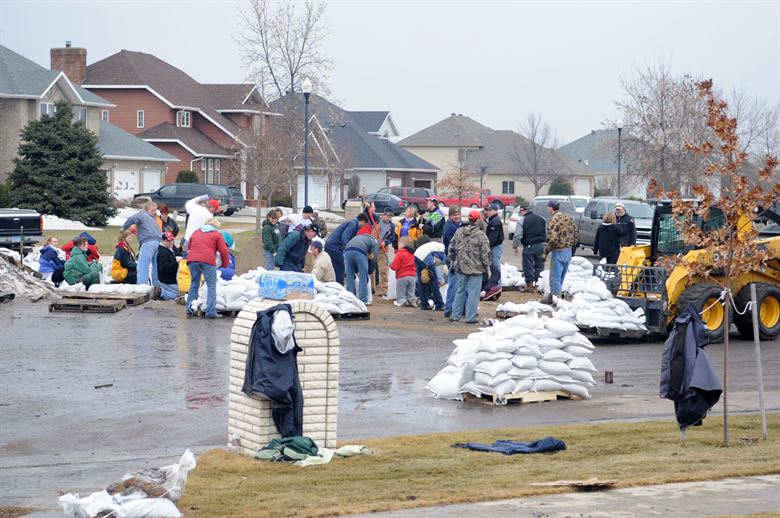
Always be prepared to evacuate in the case of emergency during flood season.
There are also some emotional and psychological challenges for those that have been affected by flooding, this includes an increase in depression, anxiety, and psychological distress among adults and for children, an increase in aggression, bedwetting, and moderate to severe stress symptoms.
Preparing for Future Flooding
There is not a sure way to avoid flooding, however, it is always best to prepare as much as possible so that in case it happens, you, your family, and property can be prepared for the emergency itself. Here are some things you can do to prepare for a flood:
- Avoid building your property in a flood-prone area unless you can elevate and reinforce your home.
- If you live in an area that is susceptible to flooding, make sure to elevate the furnace, water heater, and the electric panel.
- Make sure to install “check valves” in your sewer traps to prevent the floodwater from backing up into the drains in your home.
You should be aware of the early warning systems for floods. They include these elements:
- Assessing and knowing the flood risks in the area
- Local hazard monitoring (forecasts) and warning service
- Flood risk dissemination and communication service
- Response capabilities of the community
You should take all the precautions you can to avoid flooding your home or business. This will help eliminate costly damage to your property. Here are some ways you can do that:
- Review your state’s risk so you can take the proper mitigation actions to reduce flood damage and reduce flood insurance premiums.
- Move all your machinery and equipment to a higher floor, such as heating and air conditioning so you can avoid costly repairs.
- Make sure to install flood openings so that you can equalize pressure on walls caused by standing or slow-moving water.
- Elevating your home helps prevent and reduce loss.
- Check with your local community if they participate in the Community Rating System. If not, work with your local community to take the proper steps to join this voluntary program to help the policyholders in your community reduce their flood insurance policy.
- Apply for Hazard Mitigation Assistance through your community. This grant helps fund projects such as acquisition of hazard prone homes and businesses and helps owners relocate to safer areas or elevates structures above known flood levels to prevent damage.
Climate change has intensified heavy precipitation events but there has not been an increase in flood events. According to some studies, when it comes to river floods, climate change increases the frequency and intensity of extreme flood events but decreases the number of moderate floods. Depending on the climate, the evaporation can cause soil to dry out quicker and absorb more water which will help with moderate floods as it can absorb rainfall. With larger flood events, the moisture of the soil will determine how much it can absorb, so if the soil is already saturated, it will run off and cause floods. Finally, scientists believe that certain types of flooding will increase because of warming of the planet with greenhouse gas emissions. This includes coastal flooding due to the sea levels rising. Also, melting of the glaciers and ice sheets add volume to the ocean which will increase flooding.
Professional Flood Damage Restoration
When it comes to flooding damage, it is crucially important to react quickly and efficiently. This means that professional water cleaning and restoration services need to be called as soon as you notice water damage at your home or business after a flood disaster. Leaving any water damage unattended will cause further damage. Water can seep into porous materials and cause corrosion and mold which can be costly to fix. Only professionals can clean, dry, and restore your property with the right equipment and methods.
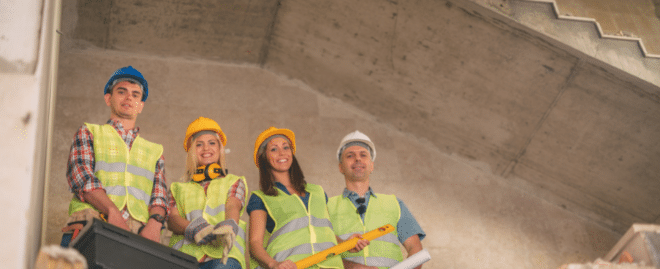
Fall flooding is usually unexpected, however, as a community, we can all take responsibility by taking precautions to prevent flooding of our own property and by working together to ensure that all levels of government as well as community members have a good relationship so that if a disaster strikes, they can all work together toward the clean-up efforts.
Everyone can take precautions to prevent flooding of their own property. Take the proper steps so that your own property can be safe from flooding. This includes moving heating and air conditioning units higher and any other equipment as well in case of flooding, installing flood openings, and elevating your home. All these steps will help your home be safe from flooding.
Have you experienced water damage at your home or business? Professionals provide a full range of water damage restoration services to home and business owners to clean up and restore your property as quickly as possible.












